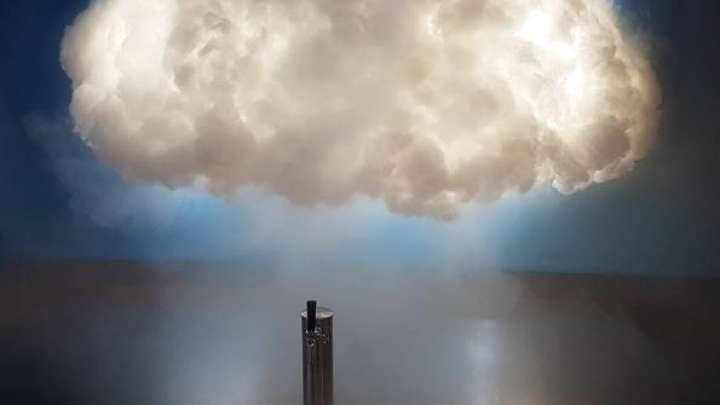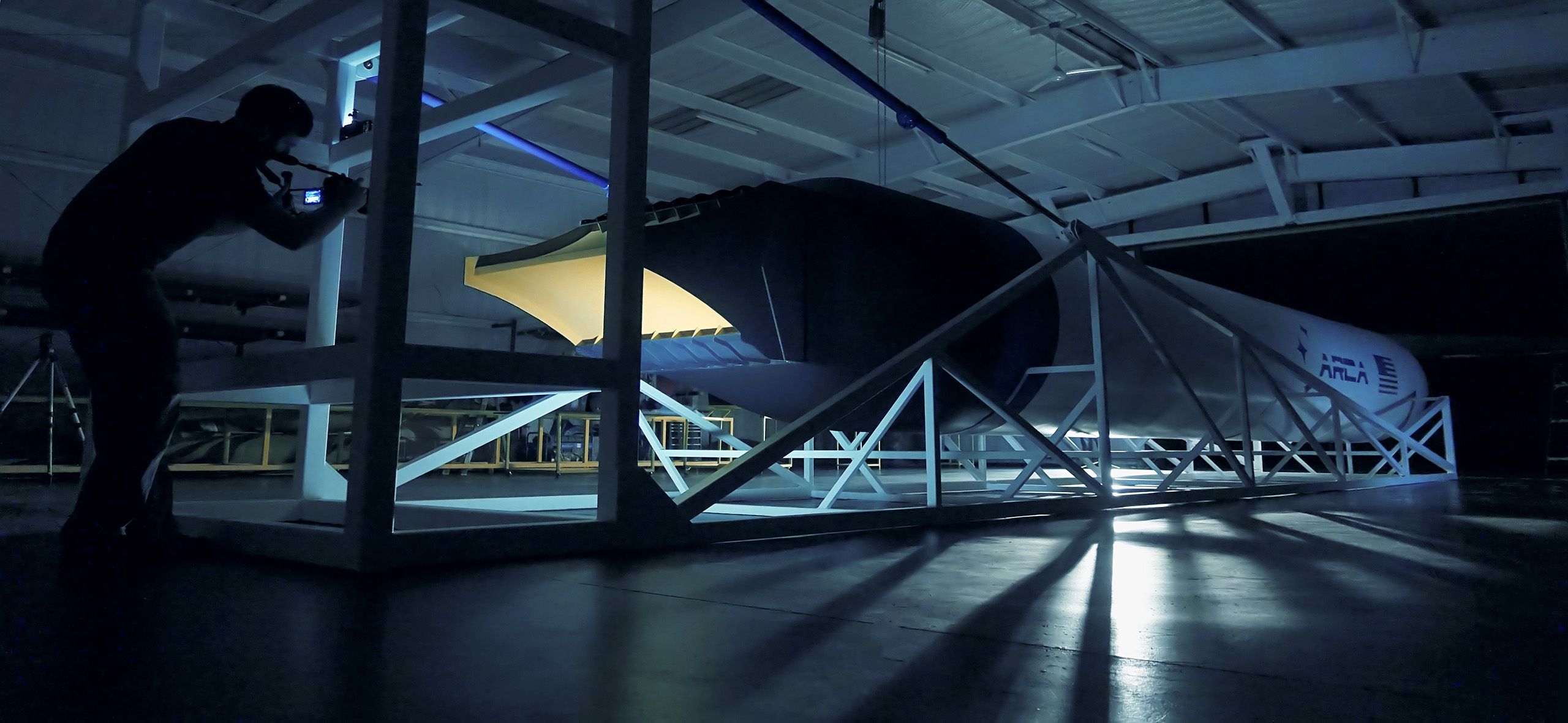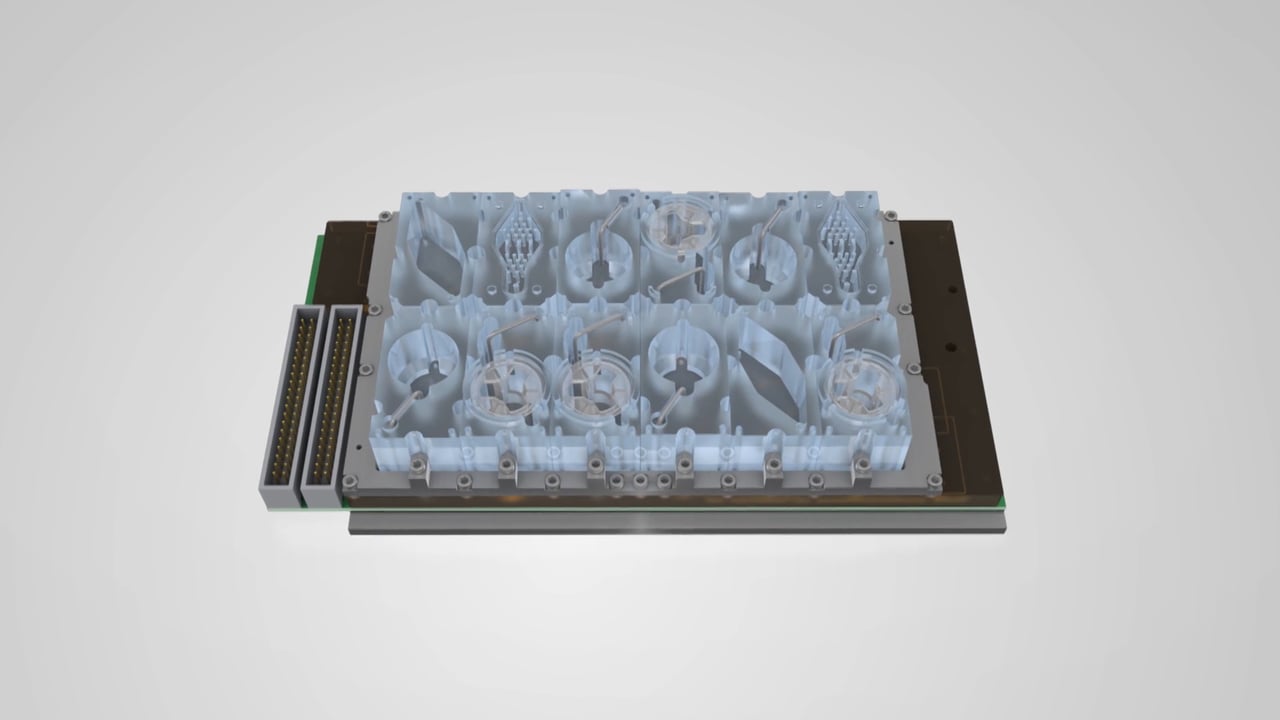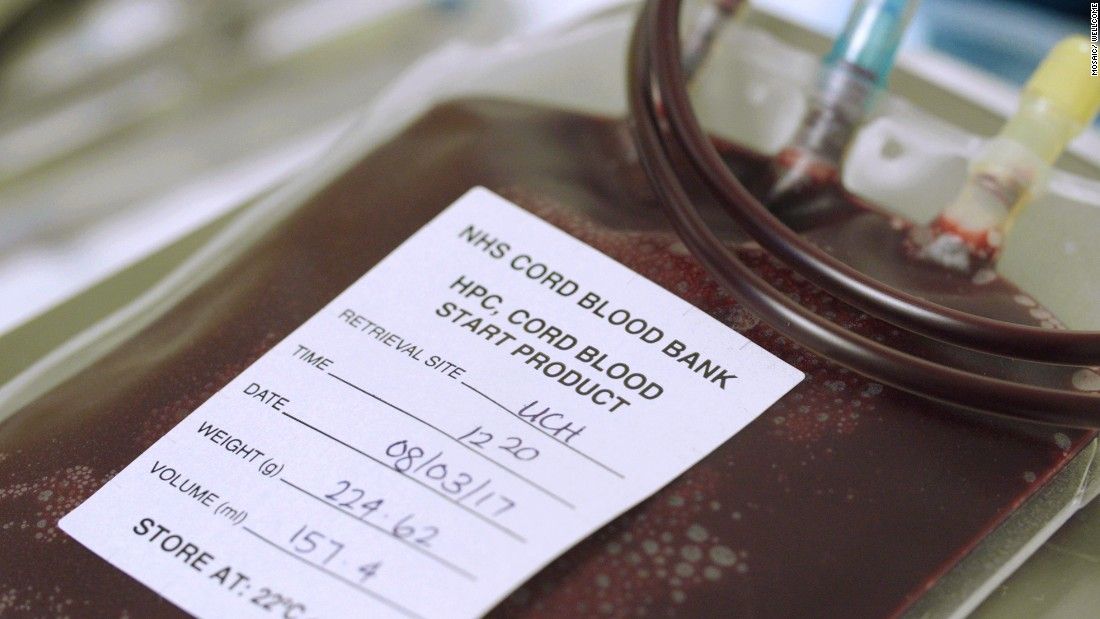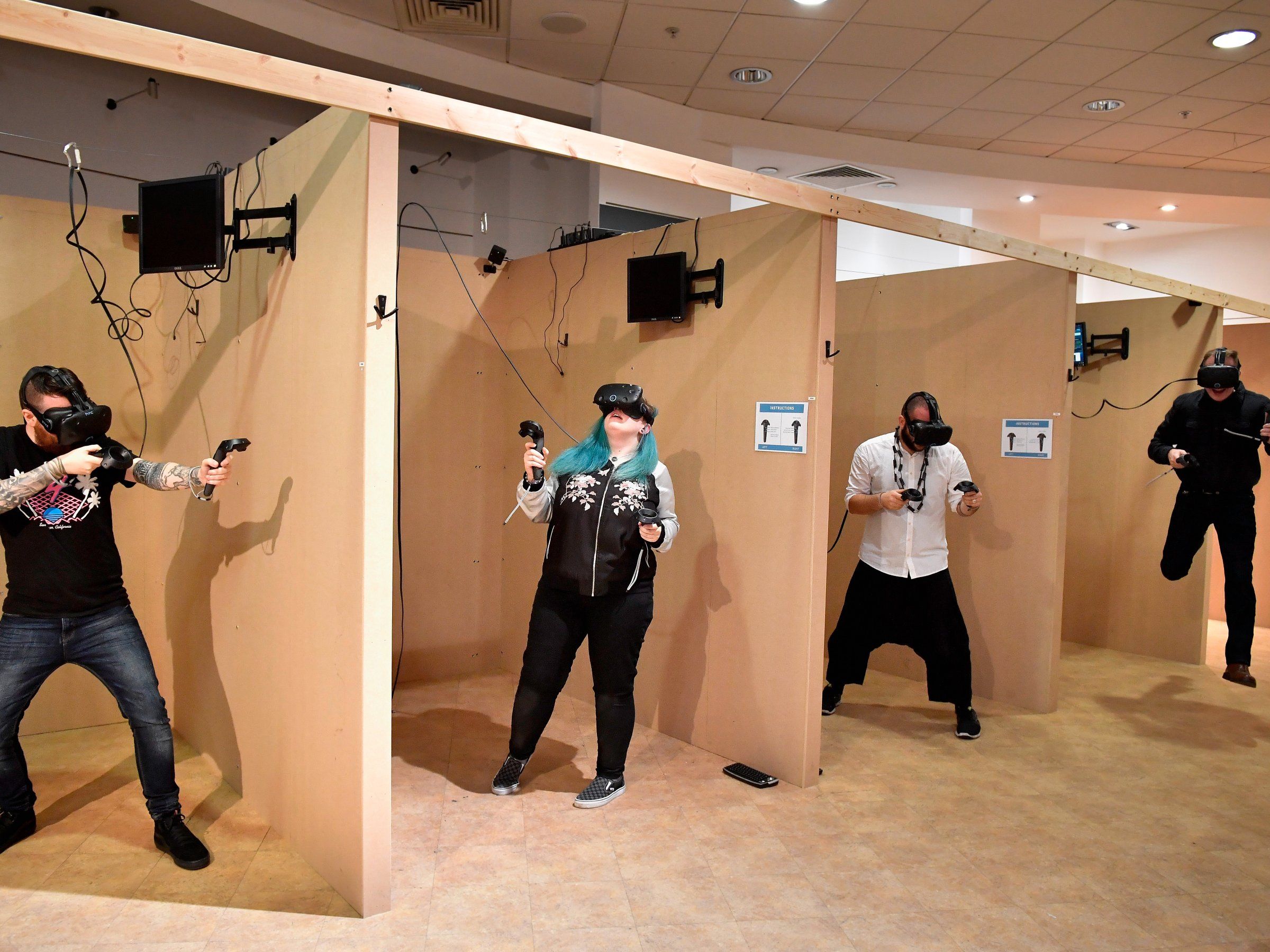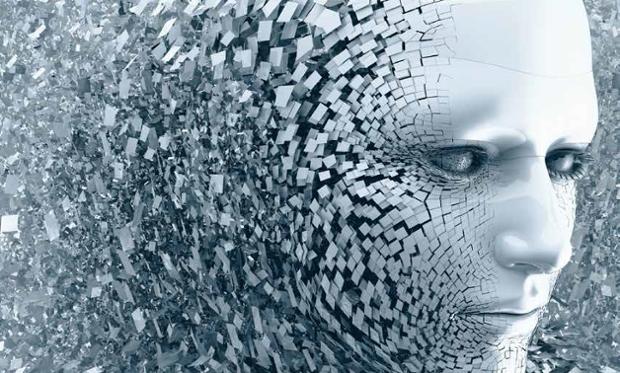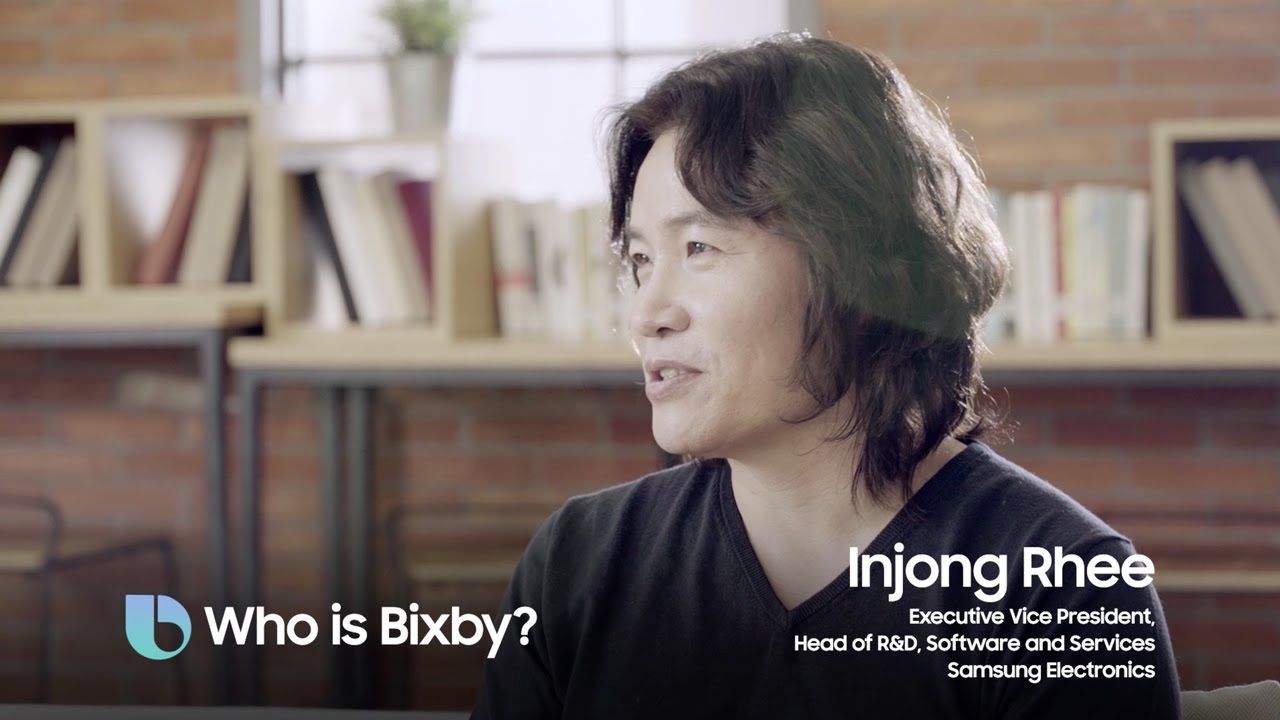Mar 30, 2017
This Cloud Actually Rains Drops Of Tequila
Posted by Shane Hinshaw in categories: futurism, mobile phones
A future bar fad?
Science has pulled through with the goods once again. Nope, no word yet on an unlimited clean energy source or a phone battery that lasts more than a day. But hold tight, they have created an indoor cloud that produces raindrops of real tequila.
The tequila cloud is part of an installation at Urban Spree art gallery in Berlin, created by the ad agency LAPIZ on behalf of the Mexico Tourism Board. The idea is that the weather sucks in Germany during March, so why not head over to Mexico for a holiday? Sounds good to us.
Continue reading “This Cloud Actually Rains Drops Of Tequila” »
